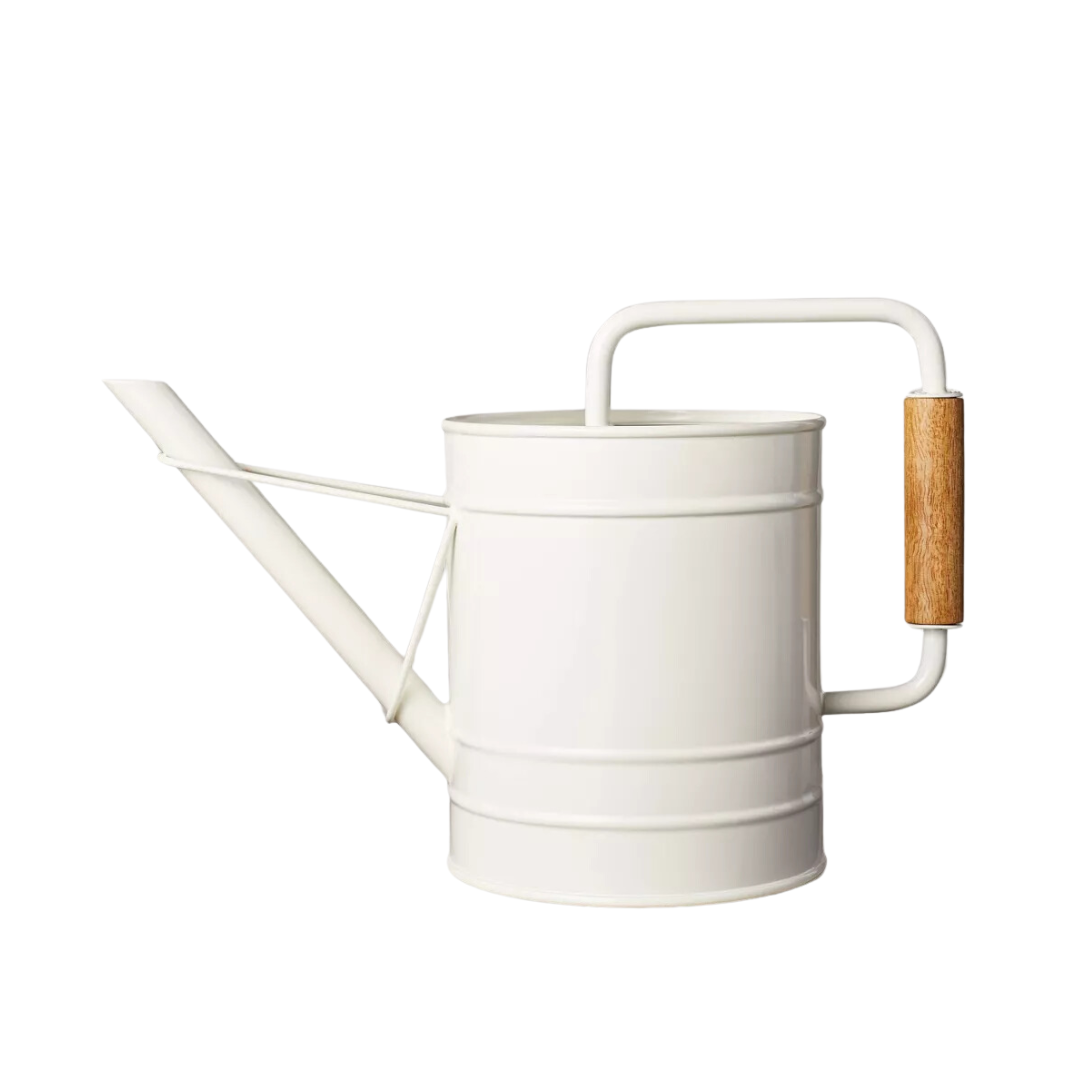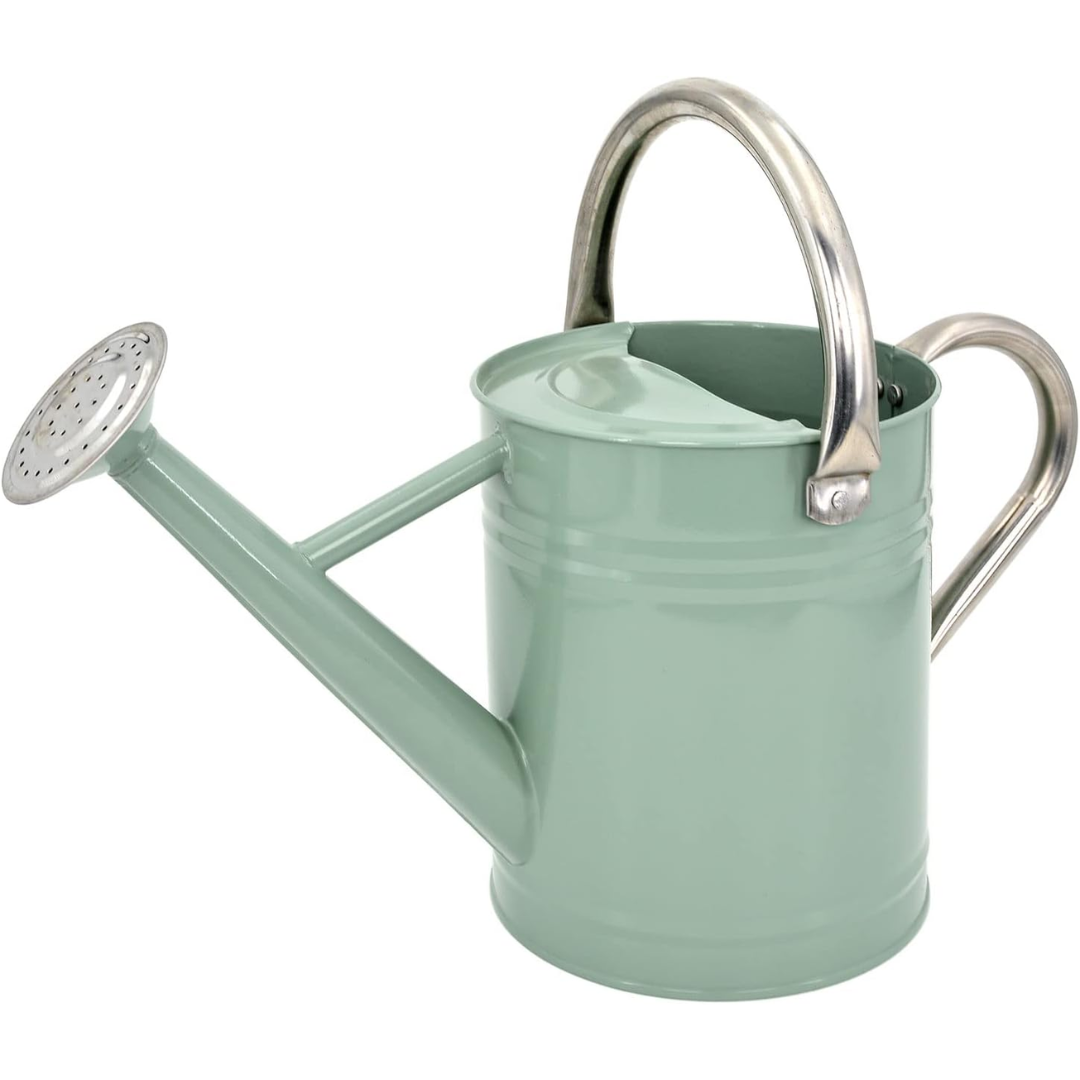How to Revive Frost-Damaged Plants — 3 Simple Ways to Rescue Your Beloved Backyard Foliage
A cold freeze needn't spell the end for unprotected plants if you follow these expert-approved tips
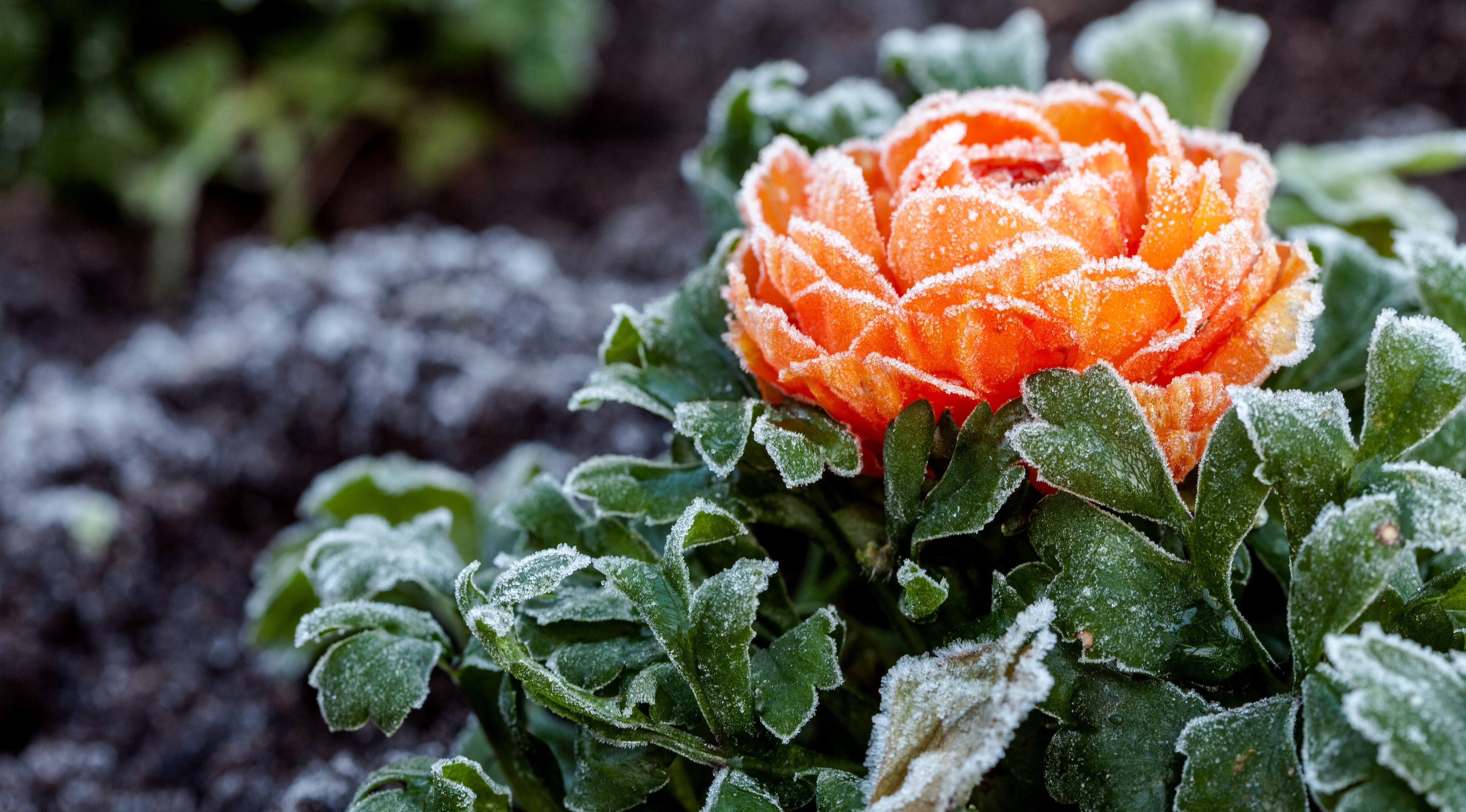
Even the most dedicated gardeners can be caught out by an unexpected cold snap. This sudden drop in temperature can harm unprotected plants, particularly those that are on the cusp of your USDA Hardiness zone. However, knowing how to revive frost-damaged plants will greatly increase their chances of survival.
Of course, overwintering your yard is the best way to protect plants from frost and prevent damage. Yet, it's not 100% guaranteed they will survive th winter. Frost cloths and covers can untether. And container plants can be particularly susceptible to the cold, as their roots don't have quite the same protection as those in the ground.
Although frost can kill many tender tropical plants and even some that are "cold hardy," with the right care, not all will perish. Follow the steps outlined by these horticultural experts, and your plants may recover from mild frost damage.
How to revive frost-damaged plants
There are a number of outdoor plants to bring indoors, cover or move to a sheltered spot in your yard, when the cold weather hits. They will be more protected from frost, but it doesn't guarantee 100% safety from winter chills and harsh weather.
Kim Stoddart, co-author, The Climate Change Garden explains "The damage caused by frost varies according to the hardiness of the plant concerned. For example a sub-tropical plant won't tolerate any frost, but a hardy, winter-resilient species can cope with weeks of freezing weather.
"A hardy plant can survive prolonged freezing temperatures either because it is dormant in the ground, or because the freezing point of its cells is much lower," continues Kim.
"A cold season freeze can sneak up on even the most experienced gardener, and a favorite plant can sustain frost damage," says Colorado-based gardener Amy Yarger, Senior Director of Horticulture at Butterfly Pavilion. "Frost damage is usually signalled by drooping, scorched or discolored leaves but there are steps you can take to help frostbitten plants bounce back."
1. Assess the damage and trim rotting leaves

Frost-damage is far less likely to occur if you winterize your yard. However, if your plants do become exposed to frost, the first step is to assess the extend of any damage.
Frost-damage can appear differently on different plants and may not even be visible straight-away. It can show up as scorched brown leaves on hardy evergreen plants such as potted bay trees or it can blacken the foliage or stems of tender perennials like dahlias. There may also be brown or black patches on fruits and flowers.
"If you see mushy or black leaves and stems, those parts of the plant are rotting and should be gently trimmed off with sharp, clean pruners," says Amy. "However, wait for the warm season to prune the plant.
"It might be tempting to prune off the damaged parts right away, but you should hold off until warmer weather returns. Removing too much from the plant can cause stress and even force the plant to grow when it’s not supposed to."
2. Ensure the plant is warm and protected

Unsightly frost cloths and plastic bubble wrap are not an attractive sight in any modern garden. However, they may be necessary to keep your plants warm. Thankfully, there are also more aesthetically-pleasing ways to protect plants from further frost.
Placing plants in cold frames, under glass cloches or wrapping trees in burlap, a natural hessian fabric, looks better in the garden and will provide protection until the cold weather passes. Alternatively, small frost-bitten plants can be dug up, potted and brought inside.
"Bringing a frostbitten plant from a cold place to a very warm or sunny location is too extreme and can shock the plant," cautions Amy. "Instead, warm up your damaged plant in phases, perhaps bringing it into a cool basement or garage for about two days before bringing it into the house.
"Or, you might consider leaving the plant outdoors and loosely wrapping it with breathable fabric for the rest of the cold season."
3. Water the plant if the soil isn't frozen
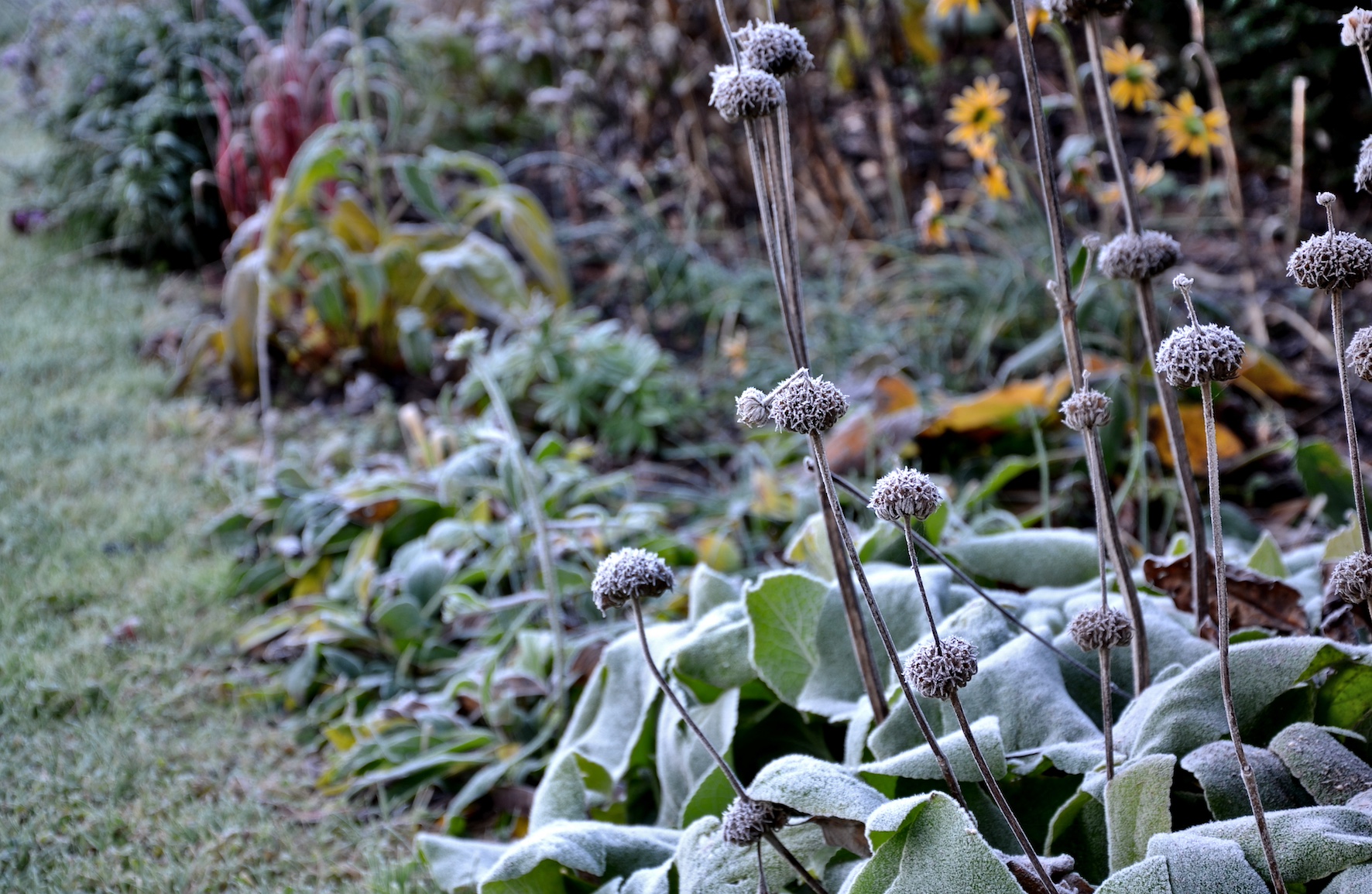
If the soil is dry, and you're not expecting any rainfall, it can be helpful to water frost-damaged plants in your garden borders and beds.
"Again, your goal is to help the plant survive without forcing it to invest in premature growth," says Amy. "As long as the soil isn’t frozen, give the plant a deep drink and make sure the water can drain through the root ball.
"Continue regular deep watering throughout the season whenever the root ball is dry. It's ok to water your frost-damaged plant, but hold off on fertilizing it."
"Well-watered soil holds more heat than dry soil," says Kim. "Plants are particularly vulnerable to late spring frosts, because the early morning sun can warm them up too rapidly, which can also damage the leaves. If you find a plant has been frosted, you can spray it with cold water before the sun reaches it and this will help reduce the degree of harm caused."
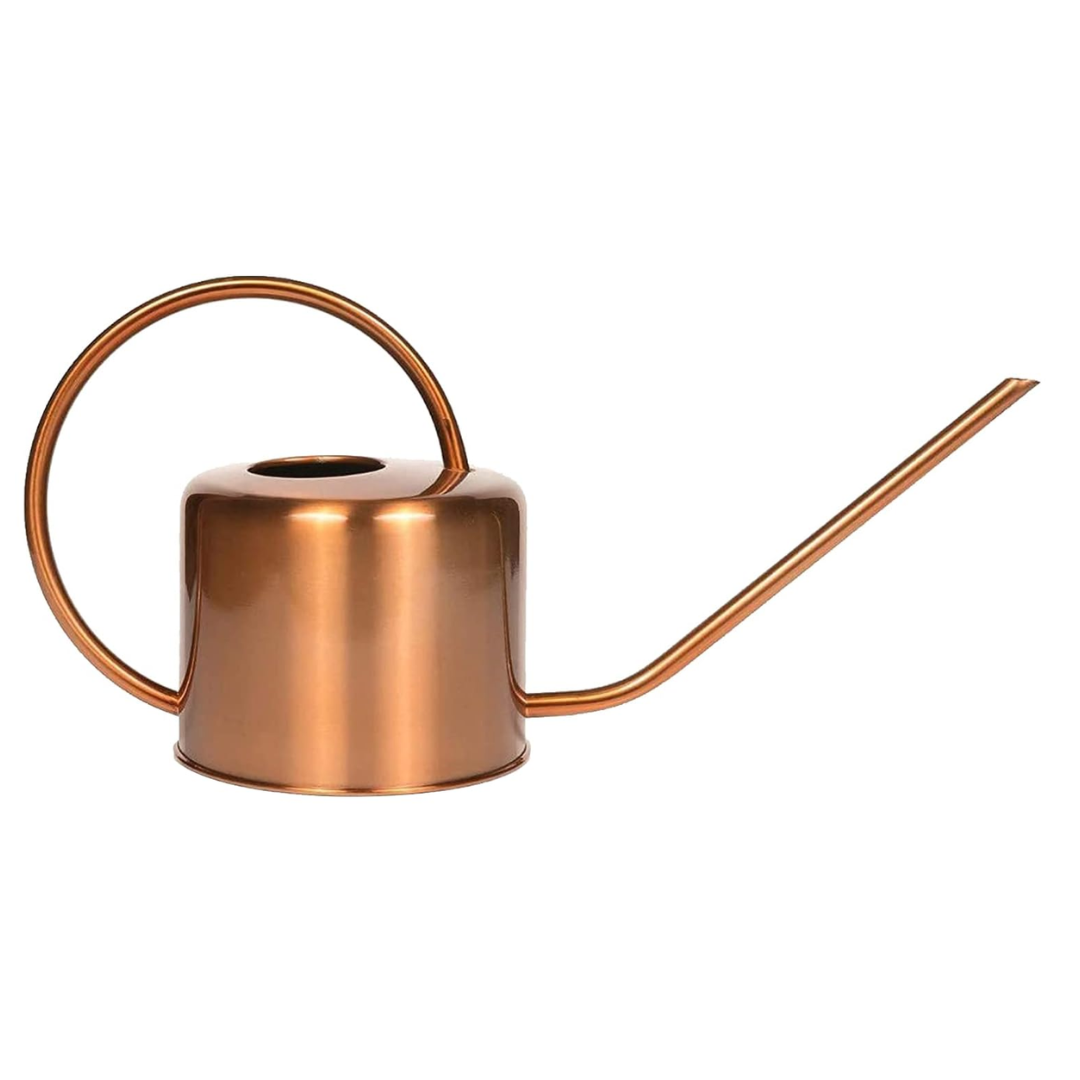
Price: $32.99
Color: Copper
Compact and stylish, this watering can is ideal for indoor and outdoor plants and measures around 5"D x 15"W x 8"H.
Should I cut back frost-damaged plants?

Yes it is advisable to cut away the dead and damaged parts of the plant–but not until the last frost date has passed–and the warm weather has returned. However, as previously suggested removing blackened rotting leaves on perennials is recommended, but leave any hard pruning until spring.
Kim Stoddart has this advice. "If it's a soft-stemmed plant, remove the frost-damaged shoots, as they may rot and cause more problems. For a woody plant, leave the frost-damaged shoots alone until spring, when the last risk of frost has passed. then prune out all the dead stems. The living stem should start to grow back in time."
FAQS
How long does it take for a plant to recover from frost-damage?
It depends on the type of plant and the extend of the damage. Some tender plants may not recover at all, while others may not show frost damage for several weeks. However, once they have been cut back in the spring, many plants will show new shoots and will recover eventually. It will take time, so be patient.
"Frost damage may be long-lasting," says Amy Yarger. "Sometimes, the true extent of the damage appears months later. Wait until temperatures are consistently warmer and new growth appears to trim off dead areas and continue to monitor the plant throughout the following growing season for health issues."
Be The First To Know
The Livingetc newsletters are your inside source for what’s shaping interiors now - and what’s next. Discover trend forecasts, smart style ideas, and curated shopping inspiration that brings design to life. Subscribe today and stay ahead of the curve.
Jacky Parker is a London-based freelance journalist and content creator, specialising in interiors, travel and food. From buying guides and real home case studies to shopping and news pages, she produces a wide range of features for national magazines and SEO content for websites
A long-time contributor to Livingetc, as a member of the team, she regularly reports on the latest trends, speaking to experts and discovering the latest tips. Jacky has also written for other publications such as Homes and Gardens, Ideal Home, Red, Grand Designs, Sunday Times Style and AD, Country Homes and Interiors and ELLE Decoration.
-
 The 'New British' Style? This Victorian London Home Embraces Its Owners' Global Background
The 'New British' Style? This Victorian London Home Embraces Its Owners' Global BackgroundWarm timber details, confident color pops, and an uninterrupted connection to the garden are the hallmarks of this relaxed yet design-forward family home
By Emma J Page
-
 Muji Living Room Ideas — 5 Ways to Harness The Calming Qualities of This Japanese Design Style
Muji Living Room Ideas — 5 Ways to Harness The Calming Qualities of This Japanese Design StyleInspired by Japanese "zen" principles, Muji living rooms are all about cultivating a calming, tranquil space that nourishes the soul
By Lilith Hudson
-
 These Are the Dos and Don'ts of Bamboo Plant Placement — Follow This to Avoid Bad Feng Shui
These Are the Dos and Don'ts of Bamboo Plant Placement — Follow This to Avoid Bad Feng ShuiBy following the experts' guidance on where to place this houseplant you can usher luck, wealth, and prosperity into your home
By Lilith Hudson
-
 Is It Okay to Have a Mirror Facing a Door in Feng Shui? The Verdict Is In and It Just Might Surprise You
Is It Okay to Have a Mirror Facing a Door in Feng Shui? The Verdict Is In and It Just Might Surprise YouDecorating your home with mirrors calls for intention if you're dressing your space in accordance with Feng Shui. Here's what you should know.
By Amiya Baratan
-
 4 Things to Unpack as Soon as You Move House — For a Comfortable and Organized Fresh Start
4 Things to Unpack as Soon as You Move House — For a Comfortable and Organized Fresh StartIf you have a major move in the works and you're looking to prepare in advance, this is the starter kit you need to properly set up your new home.
By Amiya Baratan
-
 10 Decluttering Challenges to Have on Your Radar This Year — For a Tidier, More Mindful Home
10 Decluttering Challenges to Have on Your Radar This Year — For a Tidier, More Mindful HomeIf you're interested in transforming your home for the better, here are 10 decluttering challenges I recommend for a professionally tidy space.
By Amiya Baratan
-
 Biophilic Decluttering — What to Take Out of Your Home (and What to Put in) for a More Natural Home
Biophilic Decluttering — What to Take Out of Your Home (and What to Put in) for a More Natural HomeTry your hand at biophilic decluttering to ground your interiors, connect to the environment, and cure chronic clutter in one go. Here's how.
By Amiya Baratan
-
 The 10 Different Types of Kitchen Taps — And the Pros and Cons of Each One to Know Before You Pick
The 10 Different Types of Kitchen Taps — And the Pros and Cons of Each One to Know Before You PickFrom sleek pull-outs to vintage bridge taps, explore 10 kitchen tap styles that mix function, flair, and a splash of cool
By Linda Clayton
-
 How Much Does an Extension Cost in 2025? Renovation and Design Experts Break Down Your Budget
How Much Does an Extension Cost in 2025? Renovation and Design Experts Break Down Your BudgetExplore how much different types of extensions cost in 2025 to budget for your project accurately
By Amy Reeves
-
 9 Bathroom Storage Mistakes You're Probably Making That Make Using This Space Much Harder — And What to Do Instead
9 Bathroom Storage Mistakes You're Probably Making That Make Using This Space Much Harder — And What to Do InsteadDiscover which mistakes are to blame for your overcrowded and cluttered bathroom
By Seraphina Kyprios
